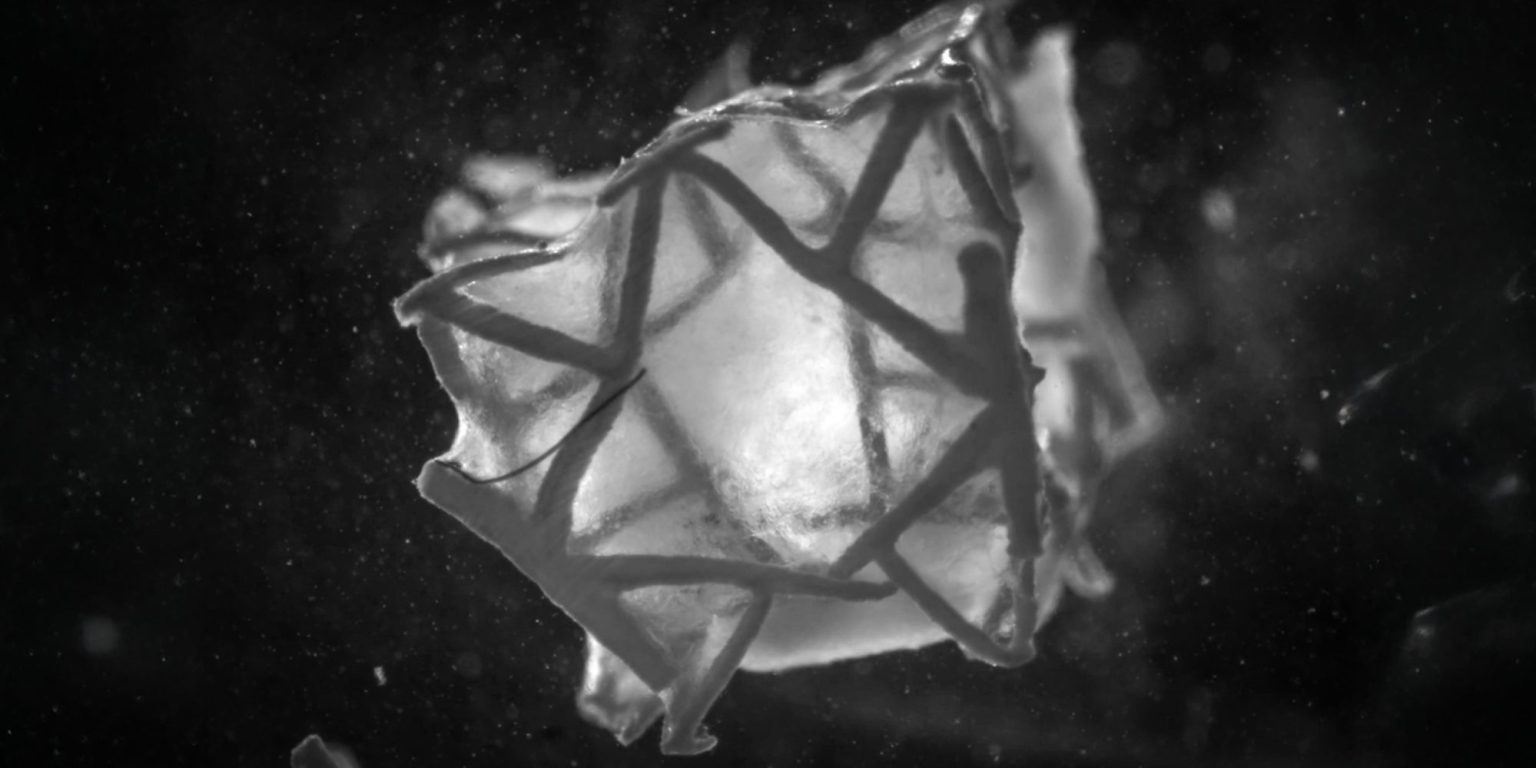For centuries, heart surgery has been an engineering challenge wrapped inside a biological mystery. The heart is not only the most vital muscle in the body—it’s also the most unforgiving. Every beat is a test of strength, resilience, and precision. Now, a team of researchers has unveiled a breakthrough that could change cardiac repair forever: a bioengineered heart patch that seals, heals, and then… disappears.
Led by Professor Robert Katzschmann, the team has developed a patch designed to do more than just plug a hole. In preclinical trials on pig hearts, it was implanted into the left ventricle—the high-pressure chamber that propels blood to the body—and it held firm, stopping bleeding and restoring normal pumping function.
The magic is in its design. The patch is built from a scaffold sturdy enough to endure the relentless pounding of real blood pressure, yet engineered to degrade once its work is done. This scaffold can be loaded with a hydrogel infused with living cells, allowing the body to integrate the patch into its own tissue. Over time, as the new tissue strengthens, the scaffold melts away—leaving behind no foreign object, just a heart restored to working order.
“This isn’t just repair—it’s regeneration,” says Katzschmann. “We’re not leaving behind permanent implants that could cause complications. We’re helping the heart heal itself.”
The implications are staggering. From congenital heart defects in newborns to damage after a massive heart attack, the potential uses span the full spectrum of cardiac medicine. And because the patch is designed to integrate into living tissue, it could sidestep many of the risks that plague conventional synthetic implants.
Long-term studies are next, as researchers explore how the patch behaves in living systems over months and years. But if the results hold, this technology could signal the end of permanent foreign implants in many heart surgeries—and usher in an era where your own body becomes the repair crew.
Related Stories:
- Biodegradable Stents: The Future of Vascular Repair
- Tissue-Engineered Hearts and the Rise of Regenerative Car


